
The Germans have many pickle recipes, this yummy German dill pickles recipe is one of them.
It is a traditional recipe, and like so often with recipes from other countries and continents, it does not comply with the US rules. So as always use at your own risk.
Pickling cucumbers

Pickles taste best when using pickling cucumbers. Pickling cukes are about 3 to 4 inches (ca. 8 to 10 cm) and often have bumpy skin.
You can grow your own, or find them at the farmers market. Stores do not usually carry pickling cumbers.
Use freshly picked cucumbers, so that they stay crisp. If you need a few days to gather enough from your garden, store them in the fridge. If you get them from the market, make sure to start the soaking process (see below) as soon as you can.
Wash pickling cucumbers thoroughly and thinly slice both ends off. Now they are ready for the next step.
Soaking the cucumbers
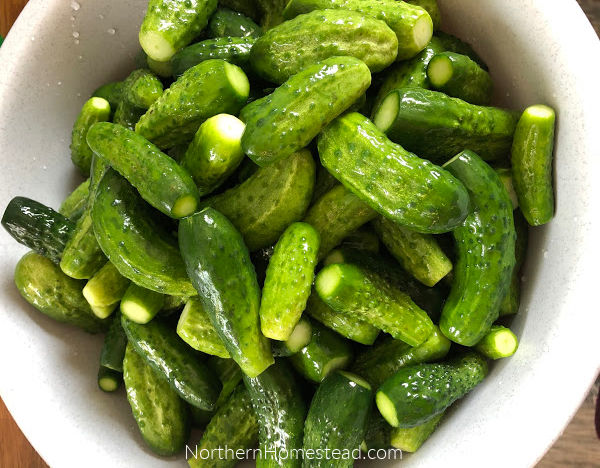
To keep pickles crisp they can be soaked in salty water. Use 1/2 cups of salt in 4 cups of cold water. If you need more water to cover all the cucumbers, you do not need to add more salt.
Make sure that all the cucumbers are under the water. You can weigh them down if needed.
Soak them for 12 hours in a cool place. Do not soak cucumbers for more than 18 hours.
After soaking in salt water rinse the cucumbers with cold water. Now they are ready to be filled in jars.
Salt in pickles
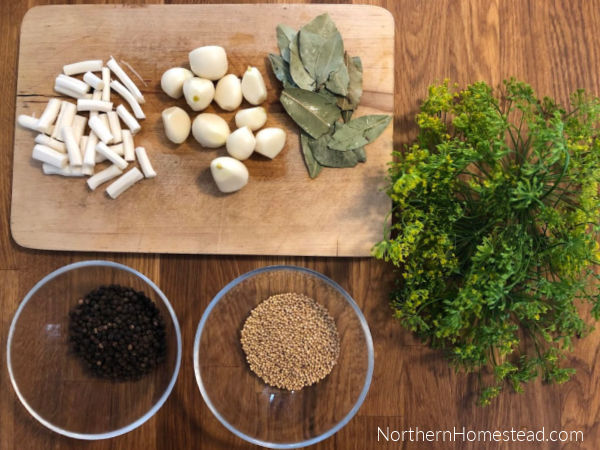
Pickles get their unique taste by being pickled in vinegar for a period of time. Salt and other spices play a secondary role. That’s why one can actually pickle something without using any salt.
In fermentation, however, salt plays a major role. You cannot start a natural fermentation without salt or a bacteria starter. Since pickles traditionally were made by fermentation, not vinegar, the salty taste has stayed with us. In fact, many pickling recipes ask for at least as much salt as a fermentation recipe would.
There is no need for that much salt in pickles. It only makes pickles unhealthy.
The German Dill pickles recipe does not use much salt. If you have never had a German pickle it might need a bit of getting used to. I would encourage you to try them, you might never go back to the over-salted pickles.
For pickling always use pure salt without any additives.
Vinegar in pickles
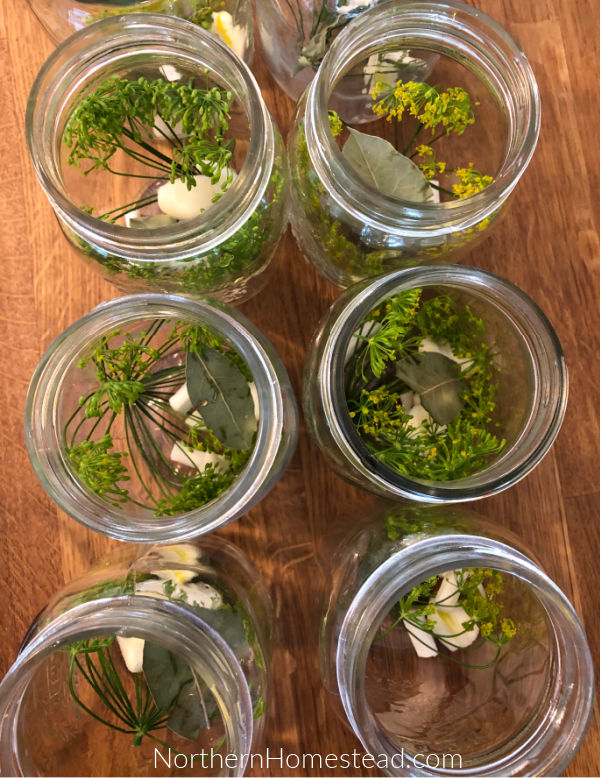
Vinegar is the main component for pickles, it’s what makes a pickle out of a cucumber. For this recipe, you can use cider vinegar or white vinegar. Rigotti in the original recipe uses natural apple cider vinegar. I used white vinegar. Important is that the vinegar you use has 5% acidity.
Low-temperature processing
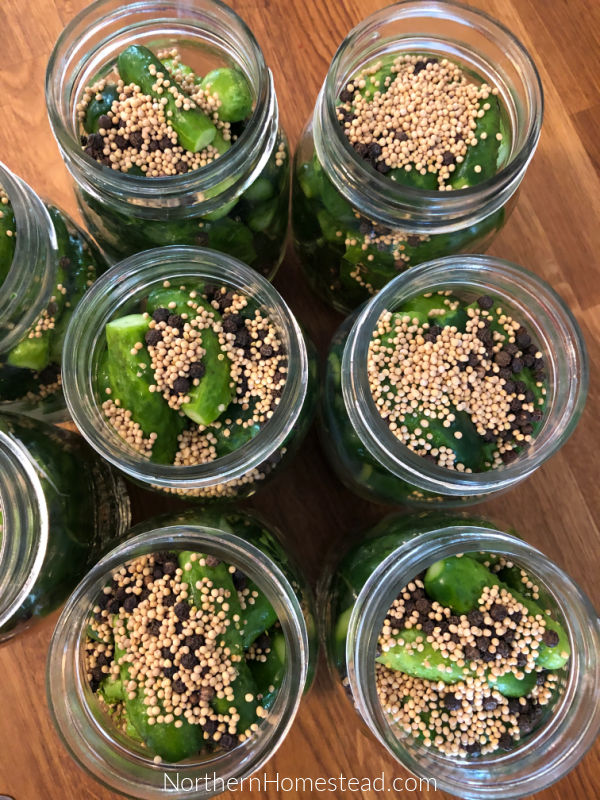
To keep pickles really crisp they are best processed at a low temperature of 85C or 185F. In Germany, this is very easy to achieve since they use auto canners. Just set the temperature and the timer and you are good to go. Now you are jealous, aren’t you? Me too.
However, if you have a thermometer and lots of patience, you can do it in a water bath canner, too. Sharon at simple canning explains how.
In the recipe, I just used a normal water bath canning process for those of us who like to keep things simple.
- 8 lb (3.63 kg) pickling cucumbers
- 2 liters (8 cups) water
- 1.5 liter (6 cups) vinegar
- 4 teaspoons salt
- 6 tablespoons sugar
- 12 cloves garlic
- 12 fresh dill heads
- 12 bay leaves
- 24 slices horseradish root
- 12 teaspoons mustard seeds
- 12 teaspoons black peppercorns
- 12 teaspoons juniper berries (I went without)
- Prepare pickling cucumber ahead of time as described in the blog post.
- In a large pot combine water, vinegar, salt, and sugar and bring to a boil.
- Put in each jar a dill head, a sliced clove of garlic, two slices of horseradish roots, and a bay leaf.
- Pack cucumbers into jars, leave a generous ½ inch of headspace.
- Top each jar with a teaspoon each of muster seeds, peppercorn and juniper berries.
- Ladle hot pickling liquid into jars to cover the cucumbers. Leave ½ inch of headspace.
- Wipe rim, center lid on the jar, screw band.
- Place jars into the canner and process for 10 minutes. Adjust to your altitude.
- Remove canner lid, wait 5 minutes, then remove jars, cool and store.
Hope you try this recipe and please let me know how you like it.
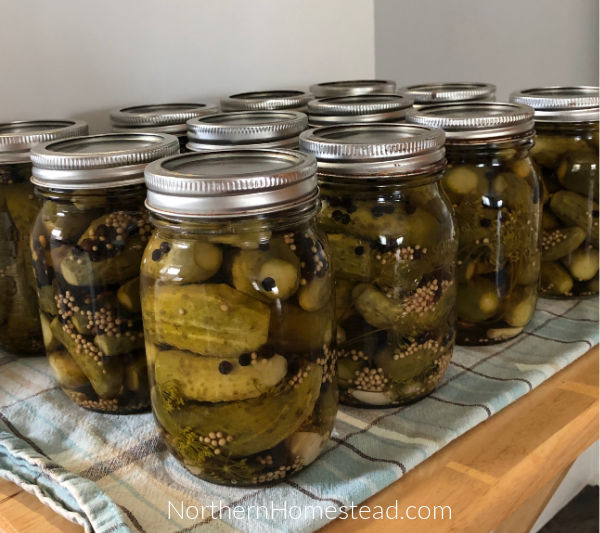
We invite you to subscribe to Northern Homestead and follow us on Instagram, Facebook, or Pinterest for more great recipes.

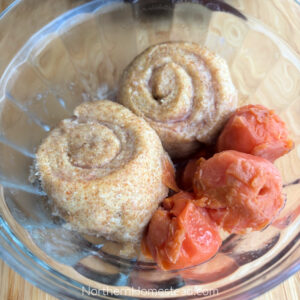

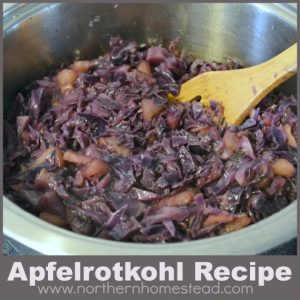



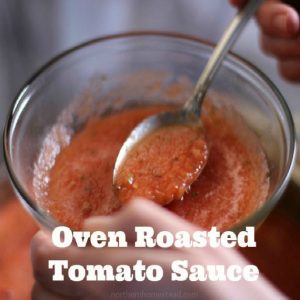


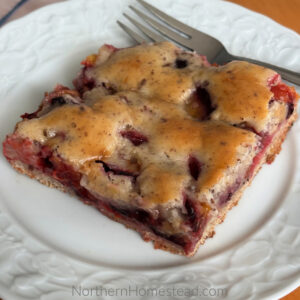

Anna, I do not like vinegar, and do not use it. Would I be able to sub fresh lemon juice in its place?
Yes, you may use lemon (or lime juice) in place of vinegar in home canning recipes, as lemon and lime juice are slightly more acidic than vinegar.
I used to make & cann my own homemade pickles. I made several kinds & loved doing it!! Now I’m 81 years old, widowed twice & no longer have a garden. After reading all those pickle recipes, it makes me want to try making them again. 🥒🌶💞🙋🏻♀️
I bet it would. I plan to keep gardening and canning till I’m 120 haha.
Hello, I can’t wait to try this. Are the juniper berries dried or fresh please? Also I live in a small town in the country (Australia) and I may not be able to get the horseradish root. Is there anything else I could use? Probably won’t be able to get the juniper berries either but I have heaps of fresh dill thank goodness.
I did not have the berries either, it worked well without. And yes, they are sold dry. The horse reddish is mainly there for keeping them crisp. You can use pickle crisp instead if you find it.
Great recipe! Thanks.
I use grape leaves to keep dill pickles crisp. They work great. I’ve heard oak leaves work as well but have never tried them. If I remember, I will do so this year as I have several young oak trees growing now.
PS. I really appreciate your website. I live & grow in Alberta too (Peace River). This is my 51th year growing, wild harvesting and preserving good food and medicines. I cannot imagine living any other way.
Hi- I grew up on dill pickles made by our neighbors who grew up in Germany. This recipe looks close to what I remember- I am excited to try it!
How long would you suggest leaving them to “pickle”? I make refrigerator pickles which are yummy, but not the same. 4 months in the refrigerator doesn’t fully pickle them.
Also, I am having trouble finding nice fresh dill this season. If I need to use dill seed, how many would you suggest for each quart jar?
Thank you! MaryAnne
This is a long-time storage recipe, not a refrigerator pickle. They do get better with time, however, I don’t know how long exactly. A few weeks I would say. We usually have fermented pickles that we use first, and sometimes in the winter, we start using canned pickles.
Use one teaspoon of dill seeds instead of one dill head in the recipe.
Get an Aerogarden. My kids got me one years ago. Thinking of getting a new, UpTo date one. Grow herbs all winter. I also start my seeds for spring planting in my garden. Can’t beat fresh dill for your pickles.
Hi! I really enjoy reading about your lifestyle and I like your recipes ! Going to try your dill pickle recipe next season. I’ve been making my own dill pickles for a couple of years now and using a similar recipe. I’ve used white vinegar that is 5% and but have also found some that is 7%. How would it change the finished product ?
I always use 5%. 7%is simply more acidic, some recipes ask for it. The finished product will be 3% more acidic, that’s my understanding.
This is my grandmother’s recipe and it is still the best pickle I have found. I cannot tell you what the juniper berries actually add, I just know that the finished pickles are better after stored with the berries added. Fresh Dill does make a better pickle than dill seed, but not much difference. We had horseradish and dill in the garden so we always fresh to work with.
Thank you for sharing Timothy. I’m sure juniper berries are there for a good reason. Since they are hard to find in America, I’m happy that the pickles are tasty without them as well. Looking forward though to trying them with the juniper berries one day.
Aloha,
Can I use fresh dill in place of the flower head?
The flower heads we use are also fresh, but if your dill is not in flower yet, you can use the greens too.
For low temp canning, you can use sous vide! I use mine every time I make pickles, 30 minutes at 184 degrees and they’re wonderful!
Thank you for sharing. I had to look up what a sous vide is, never heard of it before.
hi Debbie- I have a new sous vide- did you find the sous vide process made the pickling happen faster? I like the old-fashioned dill pickles our neighbors made us- they were from Germany, not the same as other pickles. Trying to find it, I think this recipe is it, but don’t know how long to leave the canned pickles on the shelf before eating to get the same results as what I remember! Thank you
Pickles definitely get better with time. If there is a set time? I do not know. We usually have fermented pickles that we use first. The recipe is here: https://northernhomestead.com/fermented-pickles-for-winter/. After they are all used up (around Christmas) we start with pickles.
When you say process 10 minutes is that a hot water bath or a pressure canner
Hot water bath or steam canner.